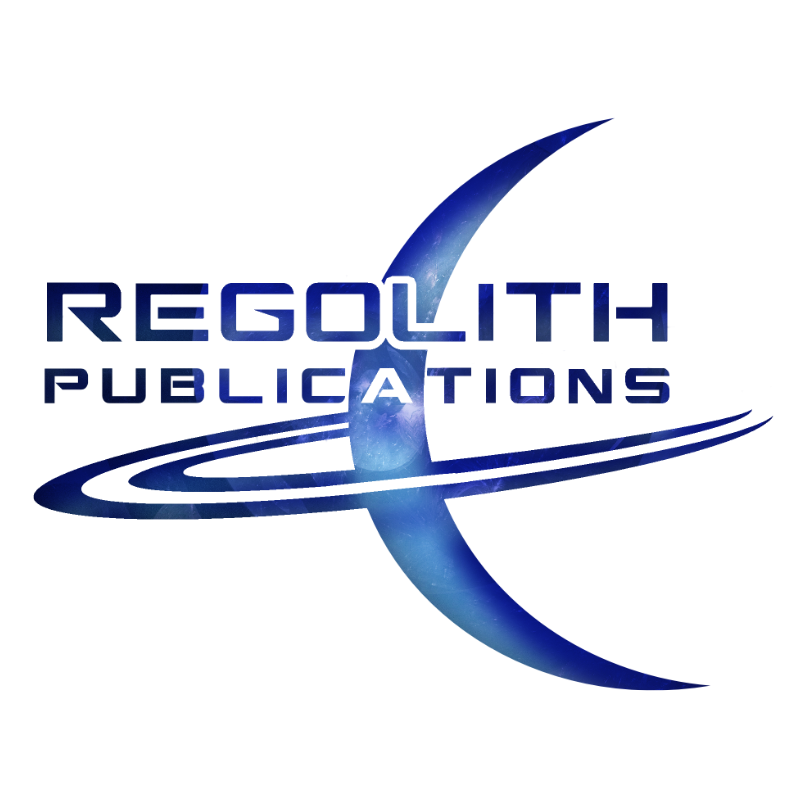|
In storytelling, whether it be television, movies, books, comics, etc., for stories that are part of a series, or a larger whole, what one might call a saga, there is a tradition of carrying the reader into the next story by piquing their interest right at the last minute. There are three main ways to do this.
The first is what is called a “hook.” It literally means to hook your reader, like a fish, and reel them in. You know, keep them coming back for more. Now there are three types of hooks. They are 1) cliffhangers, 2) teasers, and 3) sliders. A slider is a lot like a cliffhanger. But it’s different in design since cliffhangers almost always leave the story on an open note. Often times, the cliffhanger happens en media res, literally in the midst of the narrative. Sliders do not always happen in the middle of the narrative. Sliders can have resolution, or they can begin a new story arch. That’s the key difference to keep in mind when talking about the differences between sliders and cliffhangers. The best example I can think of any show using sliders is Rondald D. Moore’s update of Battlestar Galactica. Often times the hooks would reveal some small tidbit of information, like who might be a Cylon. It’s not a cliffhanger, since the narrative doesn’t end suddenly en media res in a moment of suspense. It’s simply some added information that will play out at a later date, but piques your curiosity because you can’t wait to find out what will happen next time. In other words, it allows you to slide from one story to the next. At the same time, BSG has some amazing cliffhangers as well. One of my favorite sliders from BSG was when, in the pilot episode, the story ends with Giaus Baltar, the brilliant yet slightly mad scientist, and Six, the beautiful yet mysterious blonde, making love at his place when suddenly her spine starts to glow. She’s a robot?! Holy frack! What could it all mean? It's also worth noting that BSG also made great use of mini-teasers after the opening sequence in each episode, accompanied by super quick cuts set to the intensity of Japanese taiko drums. Really, it had it all. If you want great cliffhangers, look no further than HBO’s series True Blood. The Sookie Stackhouse novels, as well as the television series, utilized many of the best cliffhangers I’ve ever seen. Although the series is campy, and melodramatic, and full of cheese, it is a great one to study if you want to master cliffhangers. Also, the classic 1960’s Adam West and Burt Ward Batman television series had great cliffhangers! Everyone remembers the omniscient narrator reminding us to stay tuned in for next week’s episode, same Bat-time! Same Bat-channel. Sliders can also be found in comics too. My all-time favorite comic book series Planetary, written by Warren Ellis with art by John Cassady, made great use of sliders over cliffhangers as its main method of hooking the reader. This was because each issue was a self-contained story but the overall narrative was tied together via numerous subplots. Every story ended on a solid note, but there was some element, some subplot unfolding in the background, that slid right into the next issue and kept the narrative moving forward at a brisk pace while weaving a much more elaborate, nuanced story. Quite brilliant, all things considered. The television sitcom Arrested Development uses the third kind of hook, called a teaser. In this case, each episode ended with a short preview for next week’s episode, where Ron Howard would narrate scenes from the next episode, as a kind of introduction into what to expect next time, on Arrested Development – usually prefaced by those exact words – Next time, on Arrested Development. This short teaser allowed the viewer to slide right on in to the next story, while piquing curiosity at the bizarreness of what was introduced and wondering how it might all fit together. Now, I use film and television a lot in my examples over books because books usually are self-contained, standalone stories whereas television is episodic and relies heavily on all these aspects. But more recently this has changed. In recent years the publishing world has seen the rise of serial novels, like Harry Potter and the Twilight series. Currently, it seems that readers want larger, more involved, narratives. Which means modern authors will likely be challenged to write a larger series at least once, if not more, in their writing careers. What this means, of course, is that learning to write good hooks early on will only make you a stronger narrative storyteller later on. So now that you know the difference between the different kinds of hooks, i.e. cliffhangers, sliders, and teasers, this brings me to my final recommendation. If you want the mother of all hooks, cliffhangers and sliders galore, then (imho) that would have to be Robert Kirkman’s comic and television series The Walking Dead. The comic was, of course, already plum full of cliffhangers and hooks. The television series, on the other hand, took it to a whole new level. This is one of the reasons the series does so well. Well, that, and the fact that the drama and acting are always stellar, but the amazing use of hooks, cliffhangers, and sliders makes it one of the most compelling and addicting stories in both comic book and television form!
0 Comments
Leave a Reply. |
Tristan VickBy day I am an educator and a cultural ambassador. By night I entertain notions of being a literary master. In reality I am just a family man and ordinary guy who works hard and loves writing just about as much as I love my family. Just about. AVAILABLE NOWNEWSLETTER
|

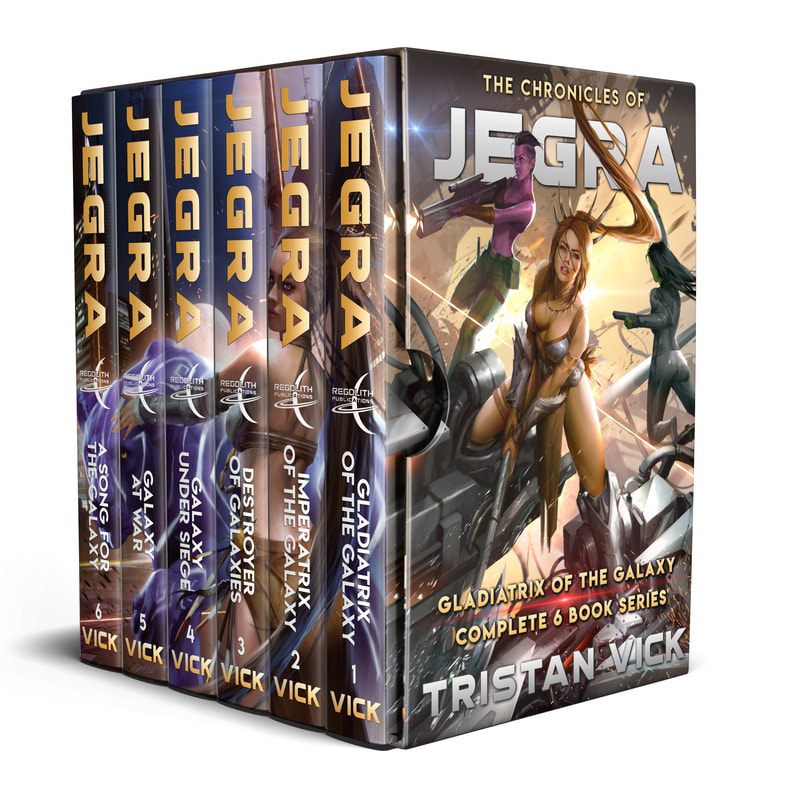
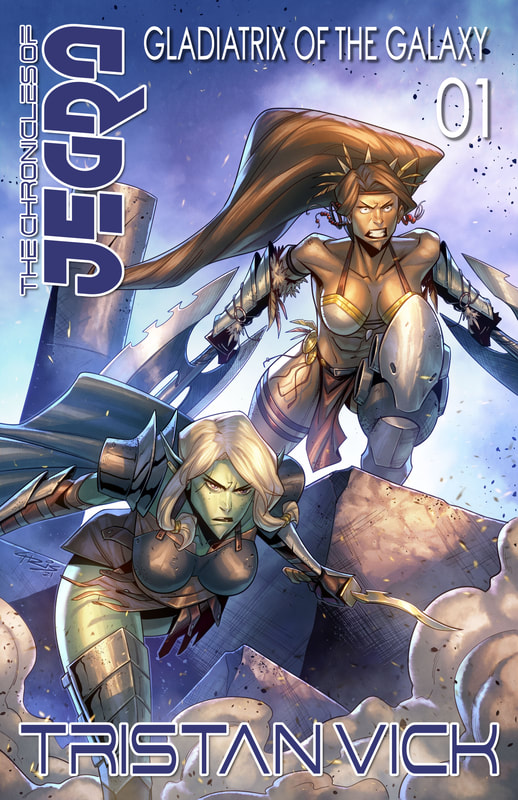
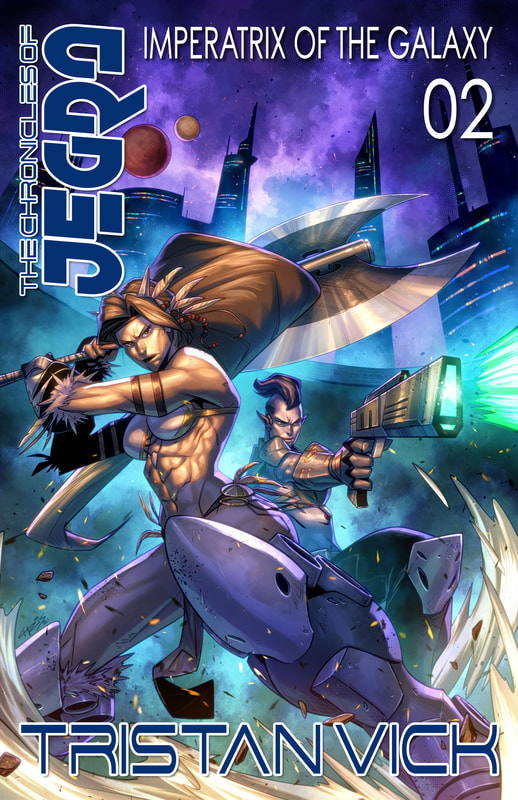
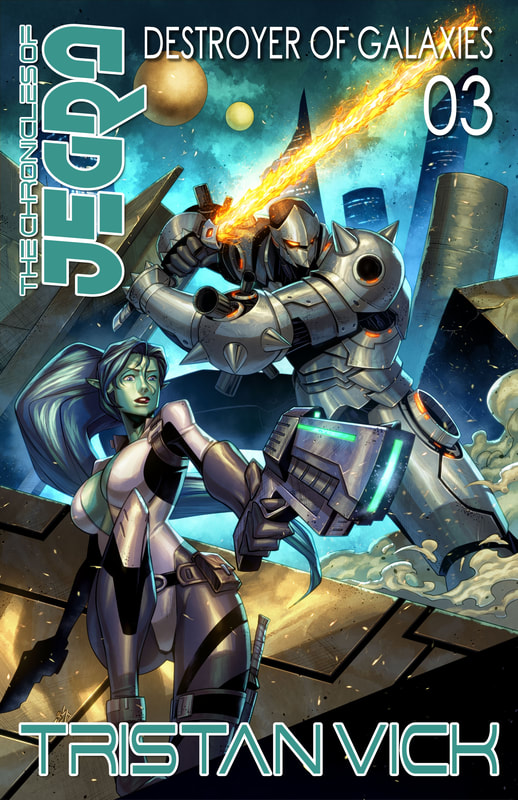
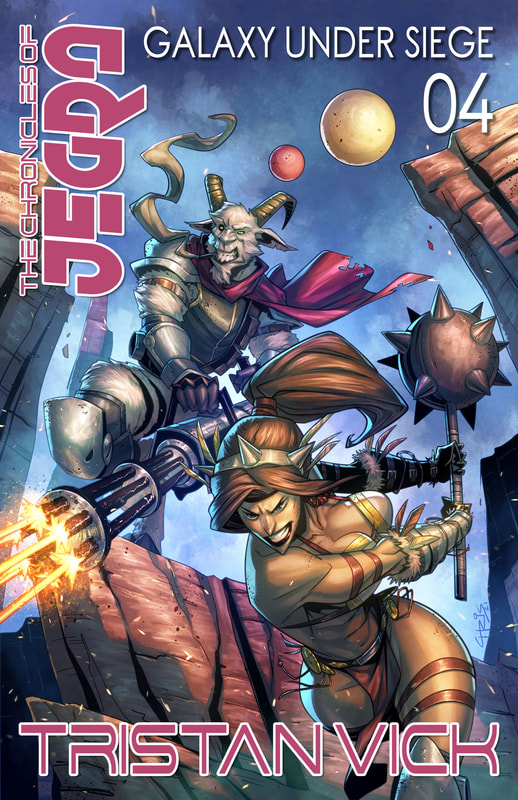
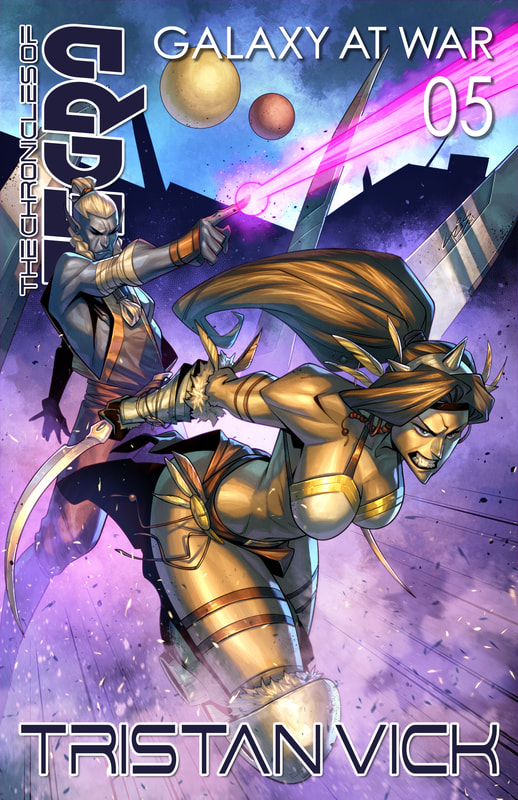
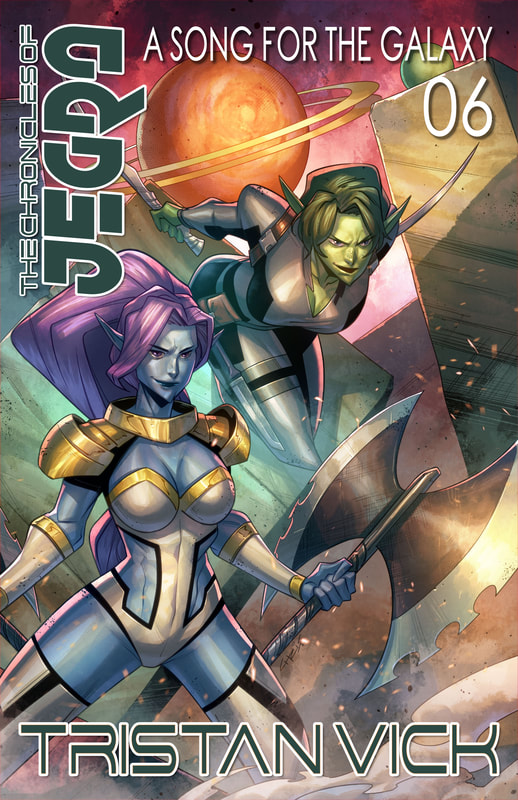
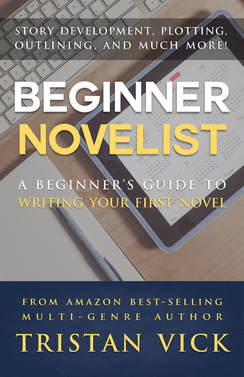
 RSS Feed
RSS Feed
